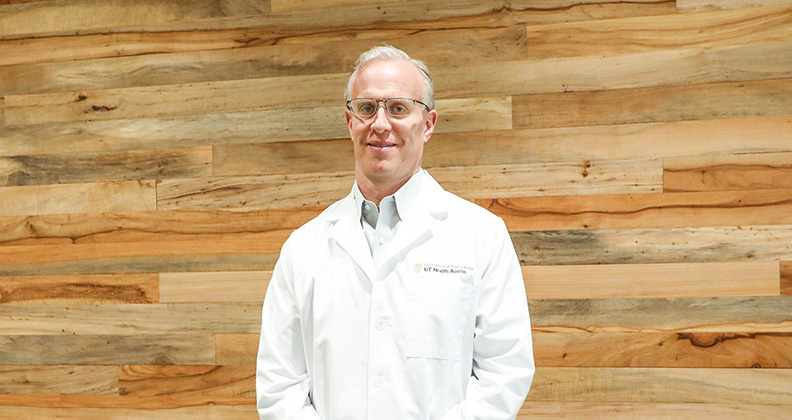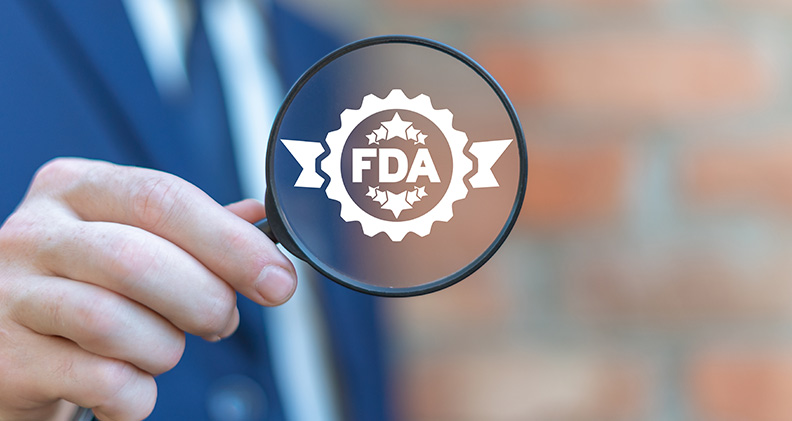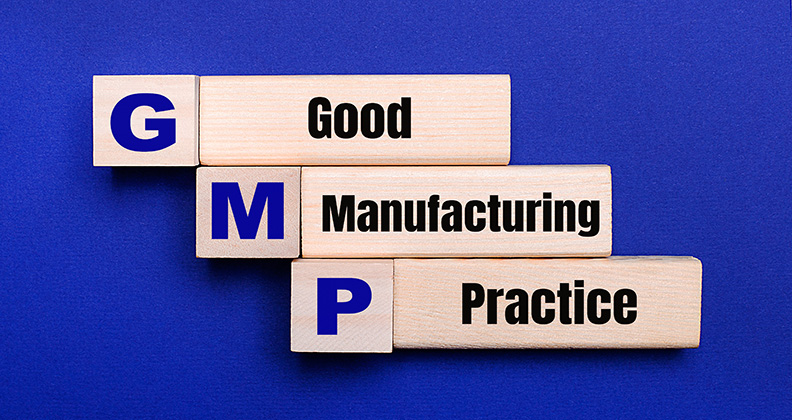On March 16, 2013, the final two critical provisions of the patent reform law, The Leahy-Smith America Invents Act, went into effect. The first was the implementation of derivation proceedings, which would be applicable to any application that was filed on or after March 16, 2013. The second, and the most significant reform to the U.S. patent law system in nearly 60 years, was conversion from a “first-to-invent” to a “first-inventor-to-file” (FITF) system.
The new law under the FITF system has many uncertain twists and turns because of the changes to how prior art may be used against you when filing a patent application. Much of the uncertainty lies in how courts will interpret the new language that is contained in the revised law.
Briefly, the FITF system now includes:
- Providing a one-year grace period for inventors to safeguard patent rights against disclosures made by inventors and, in limited scenarios, by third parties;
- A redefinition of prior art to include public uses, sales, offers for sale and other public activity without geographic limitations of the invention if done before the inventor’s effective filing date;
- Further changes to what qualifies as prior art to include U.S. patents and patent application publications, as well as PCT (International) publications designating the U.S. (in any language) if the effective filing date for these predates the inventor’s effective filing date; and
- Allowing common ownership and joint research agreements to overcome obviousness (§103) and anticipation (§102) rejections.
First-Inventor-to-File System
As mentioned above, the AIA has transitioned the U.S. patent law from a first-to-invent system to a first-inventor-to-file system, in order to bring it in line with the rest of the world. The new FITF system applies to all patent applications that include, or have ever included, a single claim with an effective filing date on or after March 16, 2013. As noted above, the FITF system attempts to harmonize the U.S. patent system with that of other countries, to provide a consistent means of pursuing patents globally. By way of example: under the old first-to-invent system, if two applicants filed patent applications on the same invention at about the same time, a contest would be held to determine who actually invented first. Under the new FITF system, the first applicant to file in the U.S. Patent and Trademark Office (USPTO) who independently invented will get the patent, and there will be no inquiry as to who actually invented first.
Some opponents of the FITF system believe the system incentivizes inventors to race to the USPTO to protect as many of their ideas as soon as possible. They identify independent inventors, startups and small businesses as those potentially most harmed by such a system because they lack the resources to compete with large corporations in such a filing race. Other commenters share a different concern and contend that the FITF system harms inventors who work in collaborative environments, publish in journals and present at conferences before filing patent applications. These opponents identify large corporations and universities as most negatively-affected by the FITF system, because inventors at these institutions typically engage in such activity. Only time will tell which group of critics, if either, are right.
The Leahy-Smith America Invents Act was signed into law on September 16, 2011 and provided for various provisions to become effective during an 18-month period. Here is a reminder of ten previous provisions that went into effect upon the date of signature of the law and in the year following.
The key sections of the law covered:
- The change in review standard for Ex Parte Reexaminations
- Removal of Best Mode as a way to invalidate a patent
- A change in the standing requirements to bring a False Marking law suit and modification of the marking standards
- A change in prior use defense standards
- An establishment of micro-entities that allow for lower fee payment
- A ban on Tax Strategy Patents was put in place
- New post-grant review procedures, including the implementation of the new inter partes review and post-grant review processes
- The implementation of third party prior art submissions on pending applications
- Changes to the inventor’s oath/declaration
- The institution of a supplemental examination procedure
Grace Period
Unlike the patent systems in many foreign countries in which absolute novelty is the rule (e.g., Japan), the FITF system provides for a conditional one-year grace period. The grace period provides a right to allow a U.S. patent if an application is filed within one year of a public disclosure of the invention by an inventor. Further, if certain requirements are met, an otherwise applicable “intervening disclosure” by a third party dated prior to the inventor’s application’s effective filing date may be removed if it is made subsequent to an inventor’s earlier public disclosure that was made within the one-year grace period.
The purpose of the grace period is two-fold. First, the grace period ensures that an inventor’s own publication that was done within the grace period cannot be used against the inventor as prior art, but would still act as prior art against third parties trying to obtain a patent on the same invention. Second, the grace period attempts to ensure that once an inventor discloses an invention, intervening disclosures of the same subject matter cannot be used as prior art against that inventor. The institution of this grace period is an attempt to encourage early disclosure of new inventions, regardless of whether an inventor ultimately seeks patent protection. This intent was clearly stated by U.S. Congressman Lamar Smith of Texas, one of the lead sponsors of the AIA, wherein he said that “[i]nventors who have made such disclosures are protected during the grace period not only from their own disclosure but from other prior art that follows their disclosure. This is an important protection we offer in our bill.”
The real practicality of the prior art exception of intervening disclosures will depend, however, upon how the USPTO and the Federal courts interpret and administrate the intricacies of this exception. Future case law will undoubtedly be developed regarding this unique and critical provision of the AIA and provide guidance to inventors on how much they can say and do before being precluded from obtaining a patent on their invention.
Scope of Prior Art
Patent applications subject to the FITF system are also examined against an expanded scope of prior art. For example, under the old first-to-invent system, if an invention was publically used, sold, offered for sale or otherwise made available to the public exclusively outside the U.S., such activity would not be considered prior art. Now, under the AIA, such activity anywhere in the world, including exclusively outside the U.S., before the effective filing date of the application will constitute prior art. It is important to note that the USPTO Examination Guidelines clarify that secret (non-public) sales or use activity does not qualify as prior art. Therefore, confidentiality agreements are critical to have in place if such activity will occur with your new invention.
In addition, prior to the AIA, PCT published applications designating the U.S. would be treated as prior art only under certain circumstances. Under the AIA, PCT published applications designating the U.S. are treated as prior art effective as of the filing date of the earliest such application. Similarly, prior to the AIA, a foreign patent application that was converted into a U.S. application under an international treaty would be prior art as of the U.S. filing date. Post-AIA, a U.S. application in such a scenario is prior art as of its earliest foreign filing date.
Common Ownership and Joint Research Agreements
Balancing the broadening scope of prior art, the AIA also broadened the prior art exception or carve-out, which previously applied in the context of an obviousness analysis to prior art that was commonly owned and qualified as prior art under Section 102(e), (f) and/or (g). The AIA amended this exception such that U.S. patents and published applications, as well as PCT publications, will not qualify as prior art for purposes of obviousness and novelty if the subject matter disclosed and the claimed invention were owned, or subject to an obligation of assignment, to the same entity.
The AIA also deems multiple applications for inventions derived under a joint research agreement as commonly owned, and therefore excluded as prior art, under certain circumstances. Specifically, patent applications will be treated as commonly owned if: 1) the subject matter was invented by one or more parties to a joint research agreement that was in effect on or before the effective filing date of the later application; 2) the subject matter of the later application was made as a result of activities undertaken within the scope of the joint research agreement; and 3) the later application discloses or is amended to disclose the parties of the joint research agreement.
Best Practices Post-AIA
Now that we are operating under the FITF system, timely action must sit at the forefront of the inventor’s mind and be incorporated into new filing procedures for companies. Gone are the days of not filing on a product until it is completely developed. Here are some quick tips that should be considered to deal with the new FIFT system:
- File a provisional application early in the development process of an invention. This will protect your date and eliminate possible intervening filings or inadvertent disclosures.
- File serial provisional applications to cover all developments along the product development trail. Consider combining serial provisional applications into a single omnibus non-provisional application on the date of the first filed provisional application.
- Continue to keep copious and contemporaneous lab books of invention developments. These may be needed at a later date if a derivation proceeding is instituted.
- Institute an inventor training program and develop a product development monitoring program. Taking this two-step approach will help keep research and development staff up to speed on changes in the patent law and facilitate the invention disclosure mining process to ensure early filings.
- Have a defensive mindset against your competition. Even if your company is not going to pursue patent protection of an idea, consider publishing or disclosing into the public domain the idea in order to create prior art against any competitor’s patent application filings on the invention, thereby barring them from entering the market with the invention.
Conclusion
At this early stage, it is difficult to tell if the impact of the AIA will be good or bad for a particular applicant. Most likely, it will stand somewhere in between. It will take a few years or more to establish case law and interpret the specifics of the AIA. However, patent applicants should take the time now to analyze how the AIA affects their current patent strategies and practices and, in response, make appropriate modifications or adjustments that will secure their future in the marketplace.
Please remember that this article has been written for informational purposes only and should not be interpreted as legal advice.
John W. Boger is a partner with the boutique Intellectual Property Law Firm of Heslin Rothenberg Farley & Mesiti P.C. and is the Chairman of the firm’s Medical Products and Technology Practice Group. Before attending law school, Mr. Boger worked for eight years with a large orthopaedic device manufacturer in product development and marketing. He can be reached at 518-452-5600 or by email.
Kristian E. Ziegler is an associate with Heslin Rothenberg Farley & Mesiti P.C. and a member of the firm’s Medical Products and Technology Practice Group. Mr. Ziegler’s intellectual property law practice includes all aspects of patent, trademark and copyright law but is primarily directed to patent preparation, prosecution and opinion work in the medical device, mechanical, business method and electrical arts. He can be reached at 518-452-5600 or by email.
Heslin Rothenberg Farley & Mesiti P.C.
www.hrfmlaw.com




